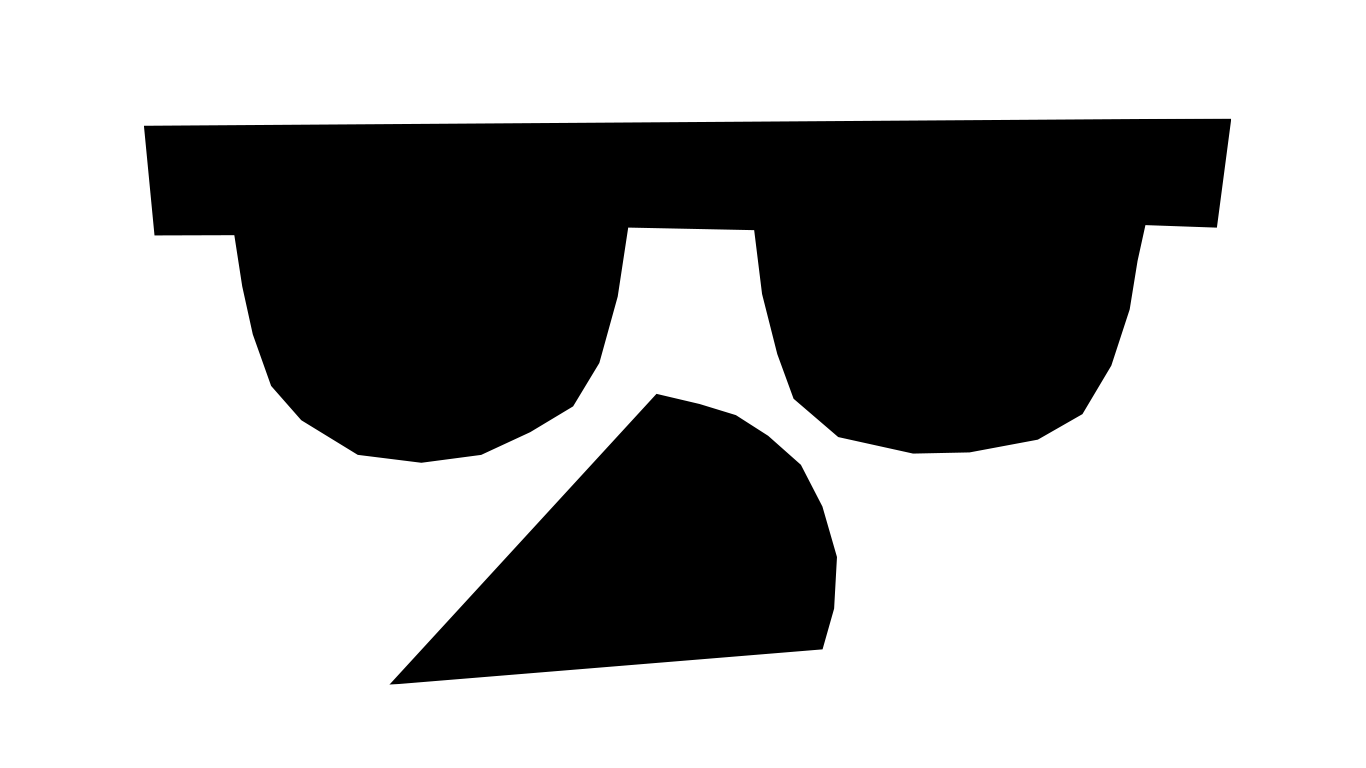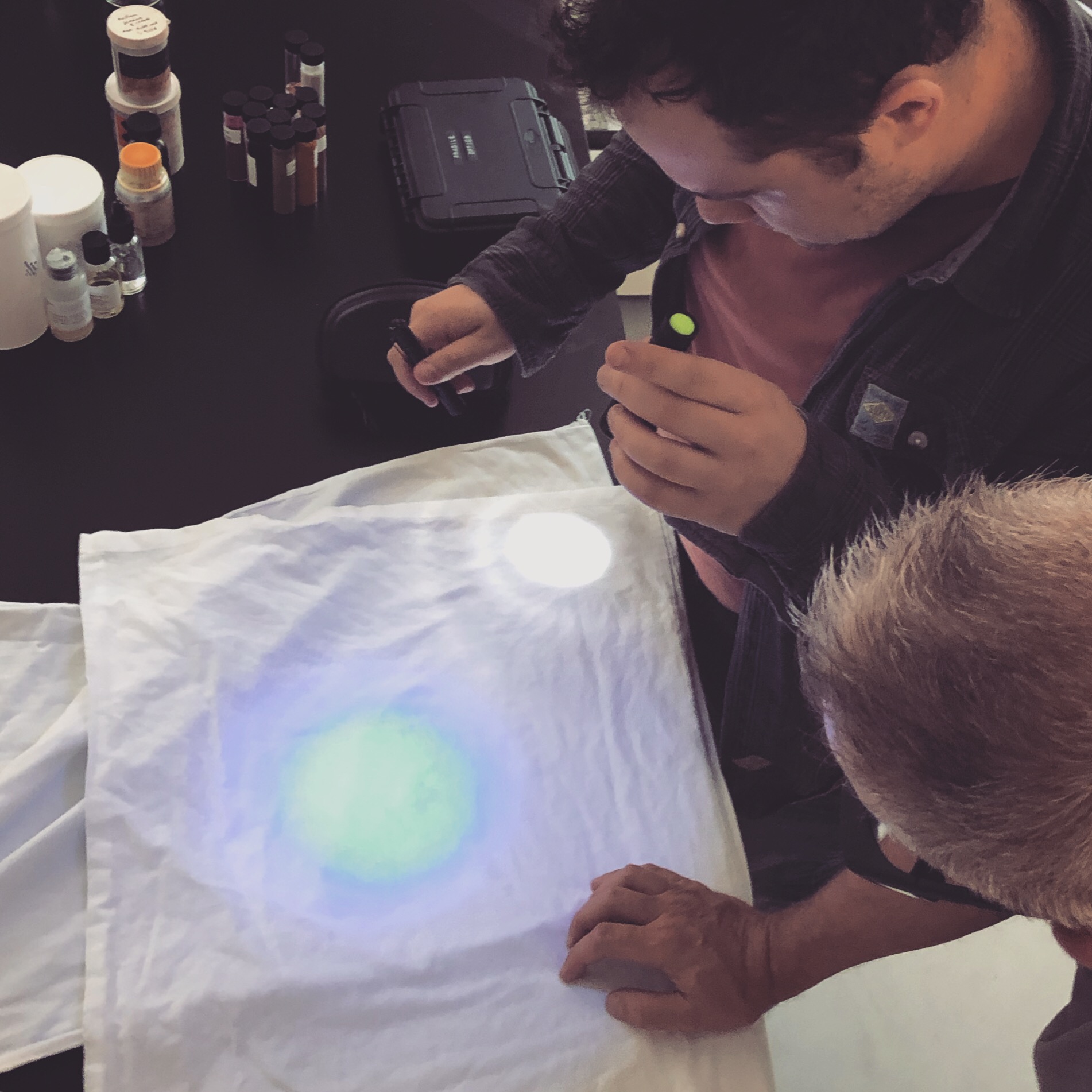The first bleach to be used was sunlight. By leaving natural undyed fibres out in the sun, it was known that over the course of months a garment would whiten considerably. Hypochlorite bleach (a.k.a. hypo) was discovered in France in the 1780s and it was snapped up quickly as a laundry whitener, taking the process from months to hours. Peroxide came around 40 years later in 1818 and perborate put the “Per-” in “Persil” around 100 years after that. More recently, percarbonate has seen popularity, especially in combination with “activators” that make it work at lower temperatures.
All save for perborate are still in common use in the UK today, as borates of all kinds are banned in laundry products due to environmental concerns. Domestic launderers still take advantage of sunlight by hanging clothes out to dry. In Italy, for example, it is well known that tomato stains that make it through a wash don’t survive the process of drying on the line. Hypochlorite is perhaps the best known bleach on the UK consumer market (though its reputation is more for disinfection and hard surface cleaning), while peroxide is used in many industrial processes and percarbonate is sold in stain remover powders.
Despite its popularity, we don’t stock hypochlorite bleach any more. At one time, we would supply it because it was part of the professional standard in laundry, but we’ve moved on a lot since then. Even if it is part of the current status quo in laundry, we want to set a different standard of responsibility and environmental stewardship, which doesn’t happen without action.
What Bleaches Are
A bleach is a chemical that can be used to remove colour or lighten it through some chemical reaction, even if it doesn’t work on everything or in all contexts. For example, oxalic acid is also known as wood bleach because it is used to lighten wood, even though it couldn’t be used as a hair bleach or clothing bleach. In fact there is no universal bleach that we know of that can be applied to laundry, yet. An industrial bleach typically falls into one of two categories: oxidising bleach or reducing/sulfur bleach.
What Colours Are
In the majority of cases, the colour of clothing or a stain is due to a dye or pigment. Whether occurring naturally or made in a lab or factory, a dye is a coloured substance that dissolves freely in some solvent such as water, oil or alcohol, while a pigment is a coloured substance that deposits as fine particles of a solid because it cannot dissolve. Paints and make-ups typically use pigments, while food and drink typically contain dyes. By this definition, even the brown colour of coffee is mostly due to a dye.
The colour of a pigment or dye is produced by its chemical structure, causing it to absorb light. When we use bleaches we alter those structures by chemical reactions, so they absorb light differently and no longer produce colour.
How Bleaches Work
Chemical bleaches can work in two ways: oxidation (hypochlorite, peroxide, percarbonate) and reduction (hydrosulfite and some commercial dye strippers). Whether you remember oxidation and reduction from school doesn’t really make any odds here, all we need to know for laundry is that these are two opposite processes. The rule of thumb is that colours that won’t shift with an oxidising bleach may well shift with a reducing bleach, unless there’s some other reason why a bleach won’t work. In either process we cause coloured molecules to change chemically. Either the new chemical will be removed in the wash or it will become colourless or change colour, hopefully in a way that lessens the visual impact.
Oxidising bleaches are based on chlorine or oxygen and change the molecules responsible for colour in a (usually) permanent way by oxidation. Reducing bleaches attack by reduction but sometimes the results can be reversed by oxygen in the air. We see a lot of common motifs that are responsible for colour in the chemical structures of stain molecules. The motifs that are easier to oxidise are harder to reduce and vice versa, so it is typical for stains to respond better to oxidation or reduction, usually not both.
In either case, the bleach has to touch each of the colour-causing molecules in the stain to remove it completely. As bleaches are water-based, this means that oily layers can prevent bleaches from reaching the colour-causing molecules, and for clumpy particles of pigment the core of the particle also cannot be reached. This is why make-up and yellowed oily cloths often respond poorly to bleach – the bleach can’t get to where it is needed.
Sometimes a bleach can cause problems, especially hypochlorite. This is because it’s not particularly picky about what it oxidises and some oxidation produces colour instead of removing it, such as with iron or protein stains. Strong oxidisers like hypochlorite can also kickstart reactions that we would otherwise pray to be slower, like the polymerisation of fats and oils in chef’s whites and oily towels. We’re not a fan of hypochlorite, but we don’t need sensationalism to tell you why!

About This Series
This series of laundry science blogs is here to piece together the how and why of professional laundry, to empower our customers and the public. For recommendations and troubleshooting, see our Product Guides.
